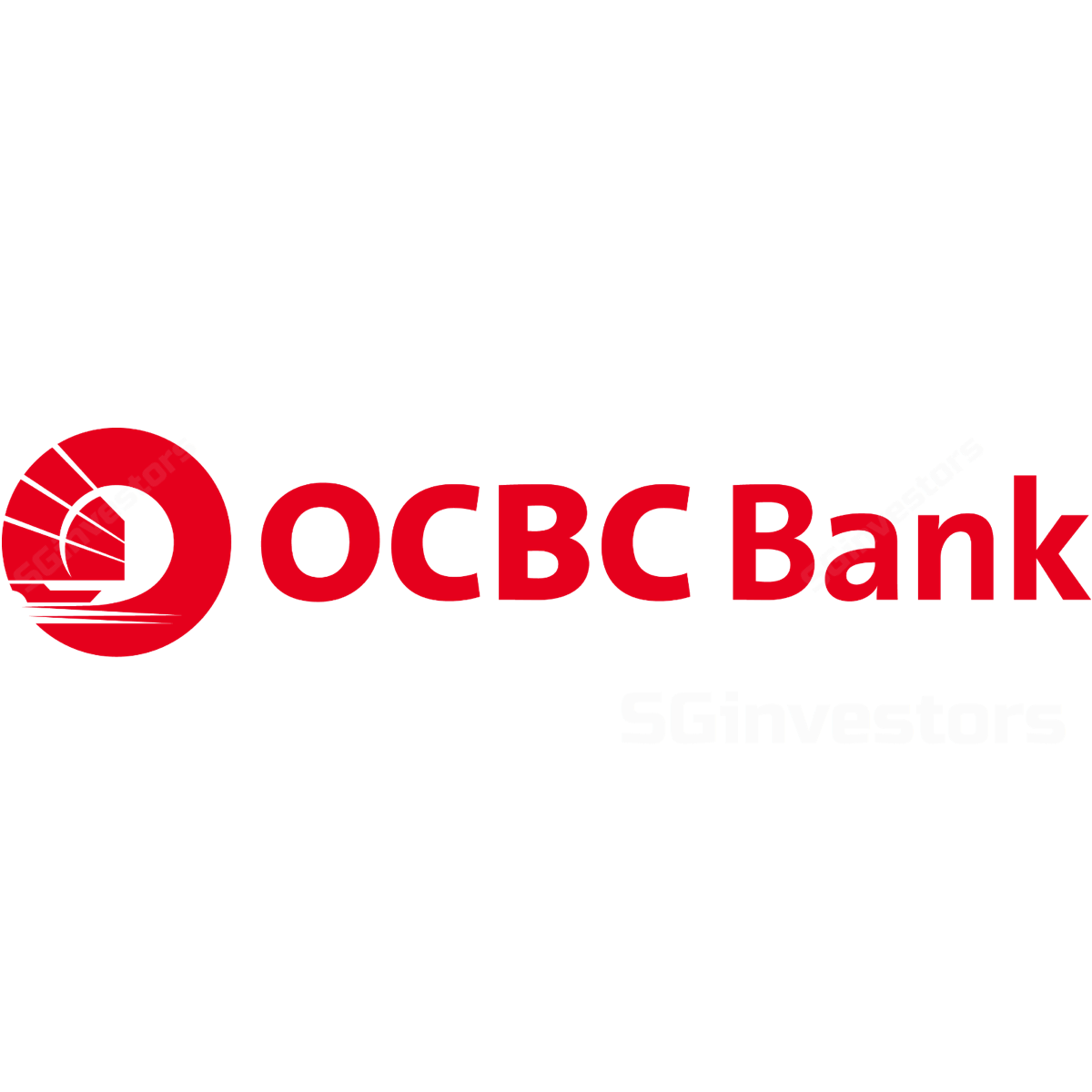 OVERSEA-CHINESE BANKING CORP
O39.SI
OVERSEA-CHINESE BANKING CORP
O39.SI
OCBC Bank (OCBC SP) - Headwinds ahead
Weak underlying trends
- 9M16 core PATMI of SGD2,684m (-9% YoY) was in line with our expectation.
- 3Q16 core PATMI of SGD943m (+5% YoY) lifted by 25% YoY increase in non-interest income, mainly due to higher wealth management fees and GEH’s profit from life assurance.
- 3Q results reflected weak underlying trends:
- net interest income -6% YoY;
- NIM compression by 4bps YoY;
- flat loan growth in constant currency terms;
- broad-based migration of NPAs to worsening categories/more restructured loans (+32% QoQ); and
- group NPLs rose to 1.2% (2Q:1.1%).
- Accordingly, we cut FY16-17E net profit by ~3% mainly on slower topline growth and higher provisions. Our TP is slightly lowered to SGD7.40 based on ~0.8x FY17E P/BV.
- Maintain SELL.
Focus still on O&G sector, provisions adequacy
- Out of the SGD99m of specific provisions provided in 3Q16, 30% are related to the beleaguered O&G sector (i.e. SGD33m). 43% (i.e. SGD213m) of new NPA formation of SGD497m in 3Q16 are from the O&G sector. Management shared that 60% of O&G NPLs (i.e. SGD662m) are still performing in terms of principal and interest.
- While we applaud management’s more prudent approach to classify restructured loans as NPLs, we think OCBC is likely to face more headwinds in 4Q16 as more O&G corporates are now unable to pay bondholders and require debt restructuring.
- In addition, NPAs with period overdue by > 90 days are now 68% of NPAs (2Q16: 53%). Cash flows in the corporate sector should stay tight without much revenue growth.
- Weaker domestic and regional economy amid the turning credit cycle is likely to result in more impairment. We raise provisions by 4-10% for FY16-18E and factor in higher credit costs at 35-39bps (from 32-38bps).
Maintain SELL
- We slightly lower our TP to SGD7.40 based on ~0.8x FY17E P/BV, close to 2SD below historical mean to reflect our forecast for ROE to remain below the 2008-2015 mean.
- Risks to our call include:
- NIM improvement from higher interest rates;
- higher non-interest income; and
- lower provisions.
Swing Factors
Upside
- Widening credit spreads from repricing of assets at higher interest rates.
- Higher non-interest income from wealth management and higher contributions from GEH.
- Sharp and sustained rebound in commodity prices.
- Better-than-expected asset quality through proactive restructuring of loans, with no major credit slippages.
- Better demand for Singapore mortgages from easing of property-cooling measures.
Downside
- Oil prices stay low, sparking more NPLs in O&G support services.
- Job losses in Singapore become pervasive, hurting its mortgage portfolio.
- Sharp decline in value of trading securities and shocks in fixed-income portfolio.
- Lack of liquidity of a funding currency.
- Translation losses from MYR/IDR depreciation.
- Emergence of dominant financial competitors in Singapore.
- Capital-raising by peers may depress sentiment.
Ng Li Hiang
Maybank Kim Eng
|
http://www.maybank-ke.com.sg/
2016-10-28
Maybank Kim Eng
SGX Stock
Analyst Report
7.40
Down
7.490

